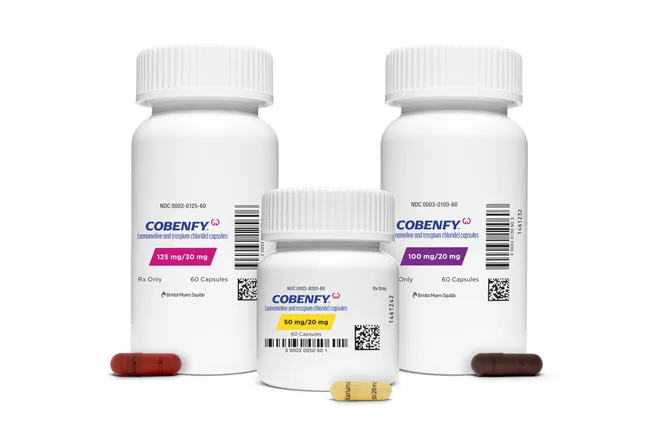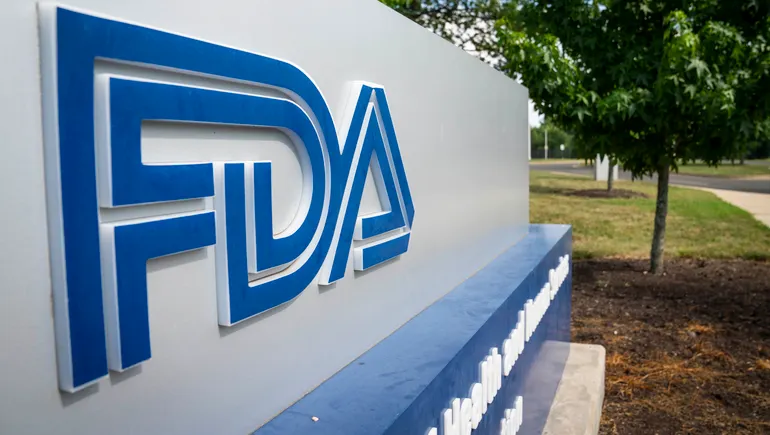How a Mubadala partner views investing in biotech’s new normal

After a dramatic post-pandemic downturn, a sense of stabilization has returned to biotech, and more healthcare professionals feel optimistic about the market’s recovery this year, according to a March Global Data survey.
But bruises from the recent roller coaster ride remain.
Following an influx of capital into biotech in 2021, many overvalued companies failed to deliver on key milestones, which contributed to a slump the following year. And with new macroeconomic pressures overhead, including high inflation and interest rates, investors have gotten picky.
In this new normal, what kinds of technologies and companies are now attracting market buzz?
For Ayman AlAbdallah, a partner at Mubadala Capital, finding a company to back isn’t about following any “wave” in investment trends — it’s about sticking to the right fundamentals.
“We’re investing where the unmet needs are and where companies have a clear path forward through regulators,” AlAbdallah said.
Mubadala Capital, which manages over $24 billion in assets across various sectors, has about 45 life sciences companies in its portfolio, AlAbdallah said. Its roster includes Recursion Pharmaceuticals, which is using computing tools to find new drugs for a range of diseases. The company currently has five prospects in the clinic and a lofty goal to identify 100 candidates within 10 years.
“We’re interested in backing companies solving large problems.”

Ayman AlAbdallah
Partner, Mubadala Capital
Mubadala has also invested in Iambic Therapeutics, another startup using artificial intelligence to help accelerate drug research. So far, Iambic has advanced one of its own candidates — a drug targeting HER2-driven cancers — into phase 1 testing.
In a conversation with PharmaVoice, AlAbdallah shared his view of the biotech investment climate and where he’d love to see more innovation.
This interview has been edited for brevity and style.
PHARMAVOICE: How would you characterize the biotech investment market right now?
AYMAN ALABDALLAH: We continue to be excited in investing in biotech and healthcare driven by the robust development that has been happening month over month, quarter over quarter, and evidenced by the data that has been generated.
There [are] good signals on recovery driven by continued interest from investors in healthcare, continued momentum in partnerships driven by strong underlying fundamentals, as well as compelling data generated by technology and licensed companies building in the space.
What kinds of unique factors are you looking at when deciding which companies to invest in?
We’re interested in backing companies solving large problems. You see that in our companies using a platform to map a certain dimension of biology, for example, and then developing therapeutics for high unmet needs in one or multiple spaces. Platforms and technologies are a tool that will accrue value. But the proof is in the clinical pudding.
[We] will also back companies as early as the formation or ideation stage. Our sweet spot is late preclinical or early-stage companies. We stay close to the pulse of science and research.Most investors seem interested in late-stage assets. Why do you like early-stage companies?
I like early-stage companies because of the technological development they are advancing in terms of the platforms being developed that can yield much faster data generation compared to manual laborious lab approaches. And they can map new dimensions of biology that are otherwise not trackable using conventional biological assays.
But it is in fact a hybrid of investing in early-stage formation, preclinical companies and some clinical-stage. We work hard with management teams to help them diversify and manage risks in the pipeline. So we take it all into consideration as we construct our portfolios.
Where are you not invested that you’d like to be?
The lens I would apply is: Where do we see high unmet needs and where [is] the industry underweight in solutions? I would highlight precision oncology as an area where we’d love to see more companies and innovation.
Most oncology drugs being developed today have a response rate that could be improved. We still have toxicity issues and suboptimal efficacy that is driven by the heterogeneity of tumors we don’t control, but we do control developing drugs that account for that and tools that can apply drugs where there is a high response.
Another area is the application of AI in drug development. While AI companies are innovating in how we discover and develop drugs, I still see a weakness in our workflow that tests in animal models that don’t translate to humans. That is the weakest link in the chain.
At the annual BIO conference in San Diego this year, you sat on a panel about extending cash runways and talked about strategic milestone planning. Do companies generally not use that strategy?
I think most companies do. An additional topic that is very critical, especially to early-stage companies, is the prioritization of pipeline positioning to generate datasets and the use of partnerships to attract investor interest. That is a set of decisions in the early stage of the company with material implications on the future of the business.
We roll up our sleeves and work hard with management teams to sift through different clinical hits and potential scenarios or possibilities to prioritize the right programs.
The formula is a crucial strategy for startups to mitigate financial constraints being imposed by the macro-market, and focusing on candidates that are the most advanced and closer to value inflection points. The second part is targeting high-value therapeutic indications. Third is thinking about synergies within the pipeline, whether it’s in the underlying biology or within modalities. And last but not least is using creative structures such as in licensing or out licensing assets as well.
Some biotech leaders argue that companies should diversify their pipeline to spread the risks. Others believe companies should stick with what they’re good at and specialize in one area. Where do you land?
It depends, [and] my view is combining both approaches.
The conventional view of building pipelines by therapeutic area is good but with today’s platforms, the underlying disease biology [can] cross conventional therapeutic areas in a way that they include multiple areas — likewise by modalities. At the same time, there is a risk of a company stretching itself too thin and going beyond its expertise. So our preference is not binary outcomes or single assets, but having deep specialization in the underlying biology.
Are there any clinical readouts coming up this year that you’re eagerly anticipating?
On a personal level, I’m looking forward to the readout of Biogen’s lupus trial [for dapirolizumab pegol], which is in phase 3. It’s a disease area that impacts a lot of patients including a lot I personally know, and an area of high unmet need, so I’m excited to see some developments on that front.
This post has been syndicated from a third-party source. View the original article here.




